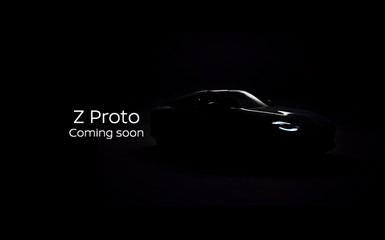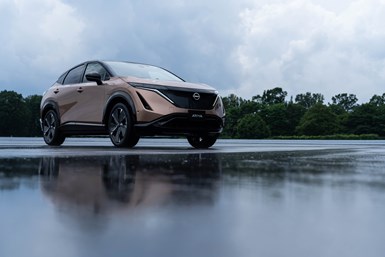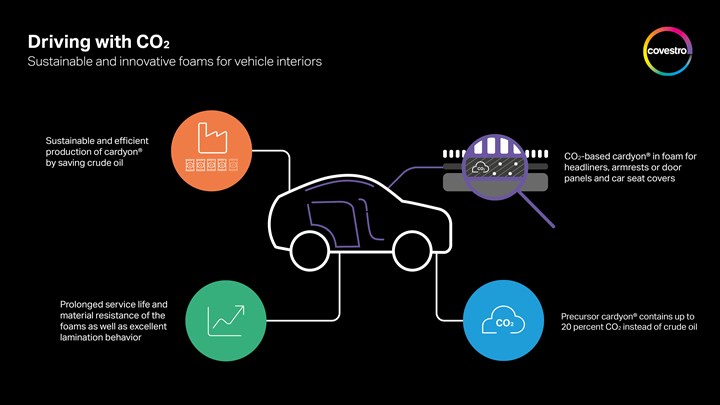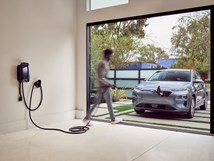Nissan’s Goal and Greener Interior Materials
Two things to know/think about
#interior
Idea: Halos are Nice But Volume Pays the Bills
Nissan CEO Makoto Uchida thinks that the company will have a comeback somewhat soon—if not the end of this year, then early in 2021. This will be a product-led revival. In this business, it is always a product-led revival, because what else is there?

Nissan’s Uchida plans for improvement. (Image: Nissan)
To that end—well, at least part of it—Nissan is bringing back the Z, the Nissan Z Proto. “Prototype,” perhaps?
You can see the unveiling on TheNissanNext.com on Tuesday, September 15 at 7;30 pm CDT.
Nissan describes it as “50 years of passion and heritage with modern technology.”
It is not clear when it will arrive in showrooms.

(Image: Nissan)
A better play for Nissan will probably be the Ariya, a battery electric crossover. It is to arrive in 2021. At some point.
Know that in the U.S. in 2019 (being used for purposes of a year of normalcy) Nissan sold 2,384 370Z models, down 31.3% compared to 2018.
And as for its current EV offering, the Leaf, its 2019 sales were 12,365, down a more modest 16% compared to 2018.

The Nissan Ariya electric crossover. (Image: Nissan)
Arguably the Z Proto and Ariya will be halos. Because Nissan needs to have volume products doing well if Uchida’s goal is to be achieved.
///
Innovation: What to Do with CO2
Put it in foam.
That’s what Swiss company FoamPartner is doing in the development of its cardyon material, a polyol. Chemical company Covestro has developed a technology that allows up to 20% CO2 incorporated into polyols, which are then used in the production of polyurethanes. An objective is to create materials for interiors—headliners, door panels and seat covers. The low-emission foams are laminated to a textile for these applications. FoamPartner is marketing the material under the “OBoNature” name.
Know This: “We are now taking another important step toward using carbon dioxide as an alternative raw material in the chemical industry on an even broader scale.”--Sucheta Govil, Chief Commercial Officer of Covestro

How Covestro is using carbon dioxide for polymers. (Image: Covestro)
RELATED CONTENT
-
The U.S. Military Finds New Roads: Fuel Cell Powered Pickups
While it seems that fuel efficiency as related to the U.S. federal government is all about light duty vehicles, that’s far from being the case.
-
On Zeekr, the Price of EVs, and Lighting Design
About Zeekr, failure, the price of EVs, lighting design, and the exceedingly attractive Karma
-
Mustangs, Camaros and F-150s
If you’re shopping for a Mustang, you’re faced with a variety of choices, not simply in terms of the color or the wheels that you’re going to be applying to your ride, but in terms of which model you’re going to select.


.jpg;width=70;height=70;mode=crop)






